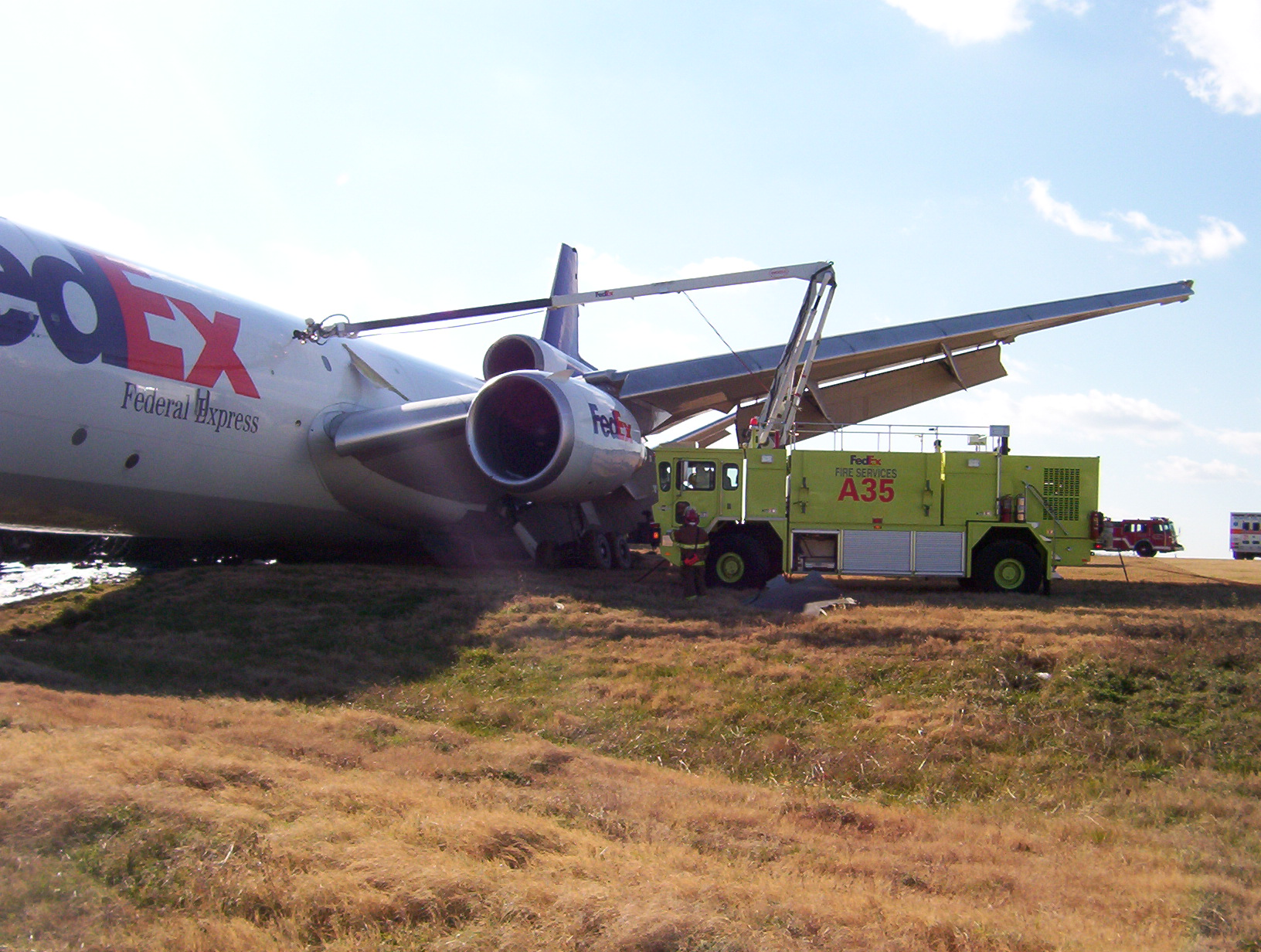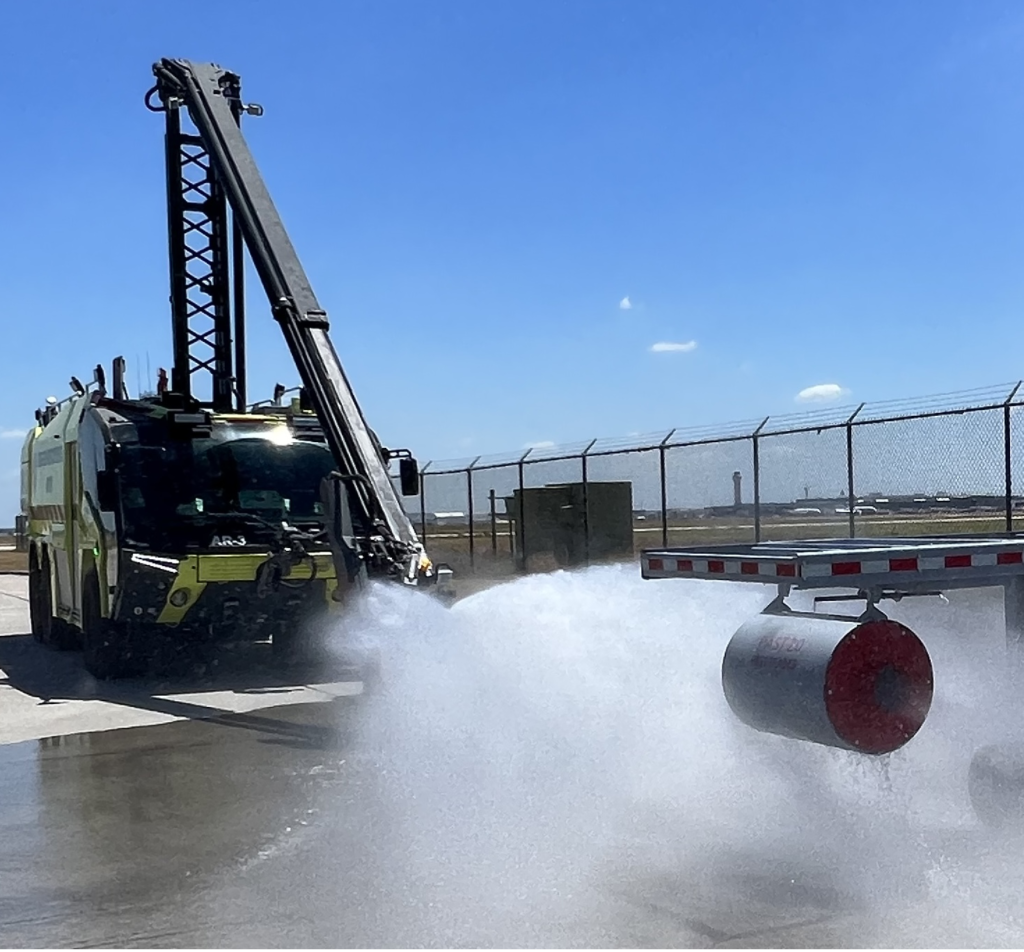Comprehensive HRET training
With PAST 2.0, know everything your HRET can do
PAST 2.0 provides an onsite practice simulator to perfect the use of the HRET both in functionality as well as simulated aircraft skin penetration. It is a realistic representation of an aircraft designed to repetitively train the HRET operator to deploy and attack interior and exterior fires.
In an emergency, your firefighting ability only lasts from 2 to 4 minutes. Knowing how to efficiently operate the HRET and utilize all of its capabilities builds confidence and is the difference between a poor or successful outcome. Your ability to provide a safe exit pathway for passengers and crew will dramatically improve their chance of survival.
Practice correct fuselage penetration
PAST 2.0 replicates the correct radius of the aircraft fuselage. It includes a panel of windows that provide a reference point for the HRET operator to select the most effective penetration point to suppress or contain the fire.
In addition to panel penetration, you can:
- Learn when to use a high or low attack set up
- Practice roll in and correct stand off distances
- Practice using the HRET piercing nozzle to ventilate by knocking out window panels
- Improve deployment times
Why is this important?
An interior fire of a passenger aircraft requires the operator to penetrate 10 to 12 inches above the window line. This allows the piercing nozzle to be positioned above the seat back and below the overhead compartment for the most effective application of water spray. If you penetrate through the window, the spray pattern is disrupted down between the seats.
Testing has shown, as stated in DOT/FAA/AR-05/53, that the rapid reduction of interior temperatures has proven to be beneficial by potentially providing survivable conditions at or below the arm rest where most survivors are found. Also, the rapid heat reduction and ventilation of toxic gases provides better visibility for rescuing passengers and a much safer environment for ARFFers.
In most cases, by the time the firefighter arrives on scene, the exit doors are already open. The introduction of water and steam conversion accelerates the venting of toxic gases and begins extinguishing the fire. Steam has the ability to penetrate the subsurface, where large water droplets cannot. The efficiency of steam versus a solid water stream has proven to be most effective. The piercing nozzles are designed to develop small water droplets of about 10 microns. This allows the conversion into steam in a very quick, efficient manner. There has been concern with regard to steam inversion and potential harm to passengers. The benefit to rapidly penetrate the fuselage at or near the internal fire far outweighs the risk.
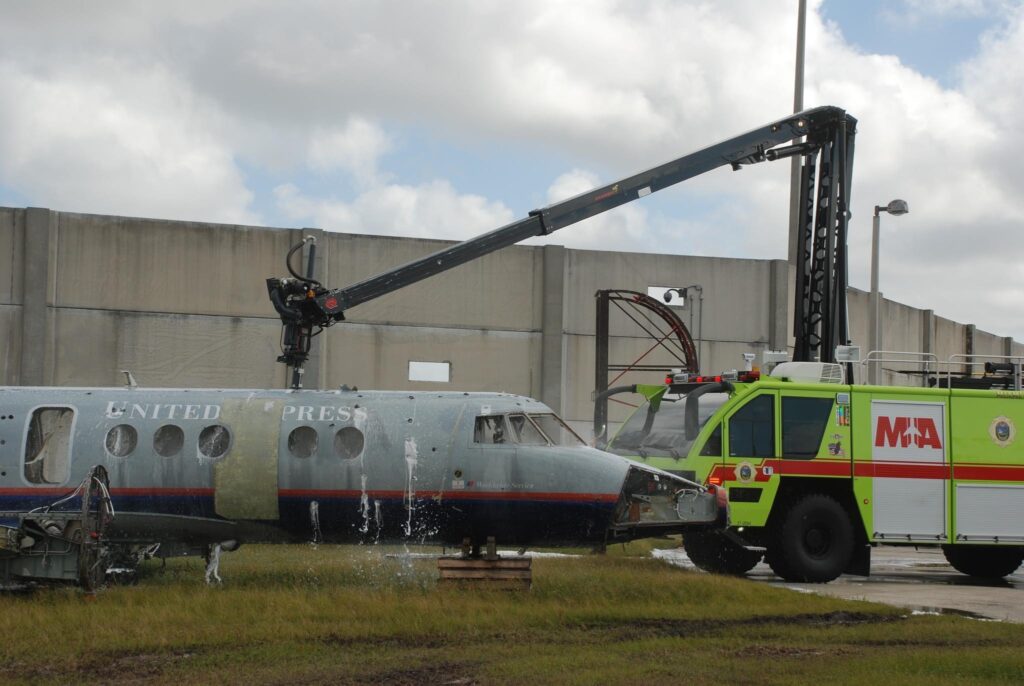
Train in a realistic environment
PAST 2.0 is the downed aircraft you are approaching. Standoff distances, maneuvering and final positioning with regards to aircraft approach mirror real world scenarios.
Training with unrealistic facsimiles, such as steel drums or traffic cones, will not adequately prepare ARFF firefighters for real world situations. It potentially creates misplaced confidence and a false sense of security that leads to damaged equipment, injuries and poor outcomes.
PAST 2.0 is a realistic training simulator to:
- Practice aircraft skin penetration
- Practice familiarization and response in your own vehicle
- Practice multi-vehicle deployment and tactical setup
- Train at night and in rain, snow, sleet and fog
Why is this important?
When the ARFF vehicles and personnel arrive on the scene, there is only a given quantity of agent or agents to secure a safe exit path for the passengers and, to control and extinguish the affected fire area.
To achieve this goal, the vehicle operator needs to be fully trained and educated on the optimal performance of the ARFF vehicle. When approaching the fire area in HIGH FLOW mode, you have 2 minutes of continuous flow before you are out of agent. With the ability to strategically reposition the nozzle closer to the seat of the fire, it allows the HRET operator to reduce to LOW FLOW. This will have a substantial impact on extinguishing the fire more rapidly, thereby reducing the firefighting agent required and extending the overall firefighting capability.
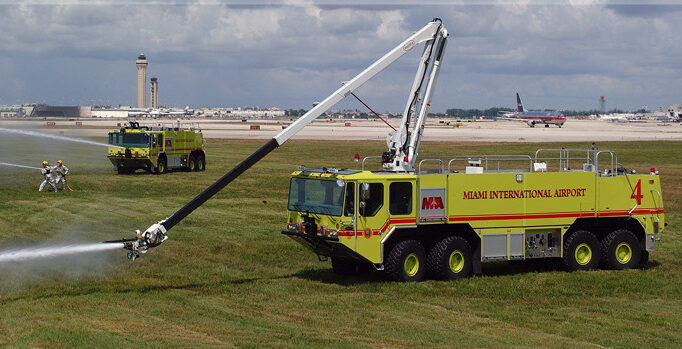
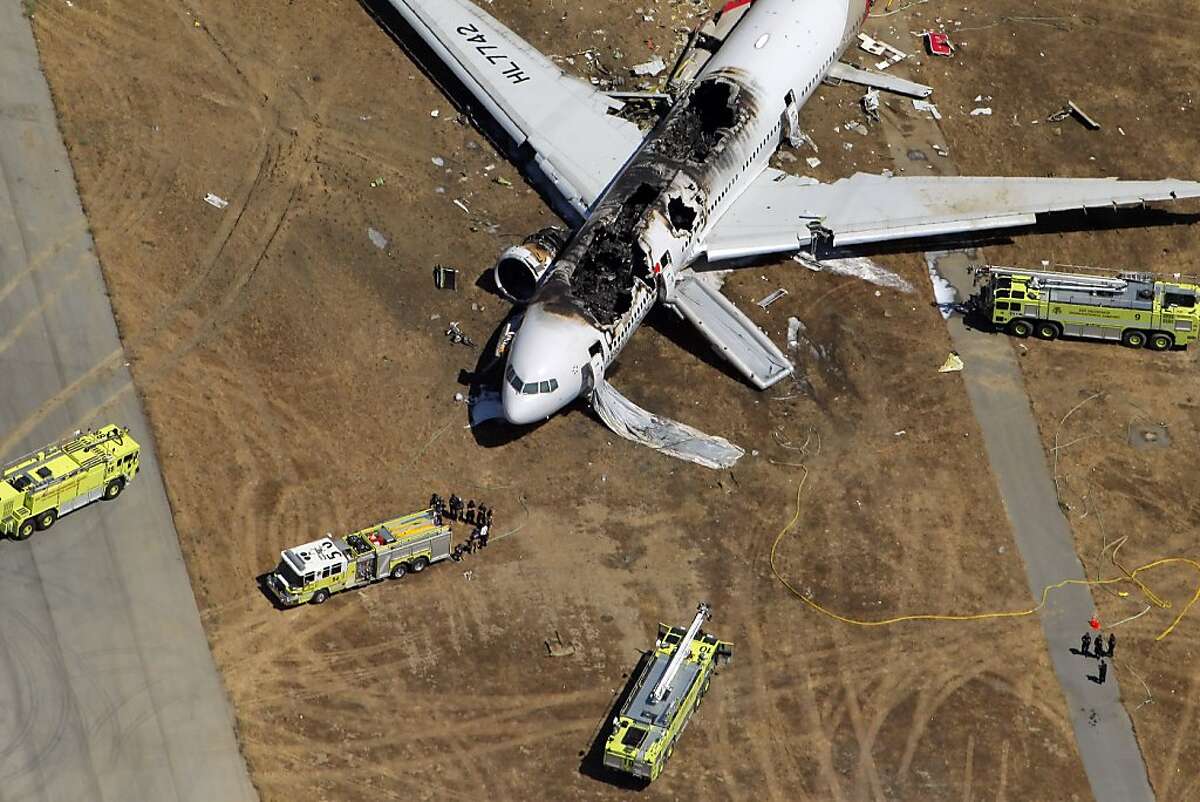
Meet FAA training requirements
PAST 2.0 is designed to help you comply with FAA approved methods for HRET training and validation requirements of FAA AC 150/5210-23.
Certification and recertification must be documented annually. Qualified operators must be able to demonstrate proficiency with the HRET.
Documenting repetitive practice using PAST 2.0 for daily, weekly and monthly operating procedures can satisfy this requirement.
Learn about FAA training and certification requirements
The FAA has produced several documents and videos on HRET tactics and best practices for the ARFF industry to review and implement.
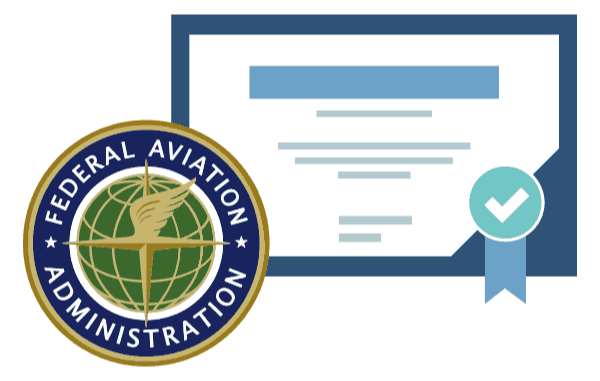
The FAA has developed an excellent video on familiarization and operating techniques of HRET technology. These techniques can be practiced using PAST 2.0. You should consider reviewing this annually as part of your ARFF training program.
OUR MISSION
Airport Professional Services is committed to providing HRET training tools and promoting the science of agent application efficiency
To accomplish this goal, our mission is to provide solutions that help train and prepare ARFF departments for all kinds of aircraft events with the intent of improving the overall outcome of any aircraft incident
© 2024 Airport Professional Services, LLC

